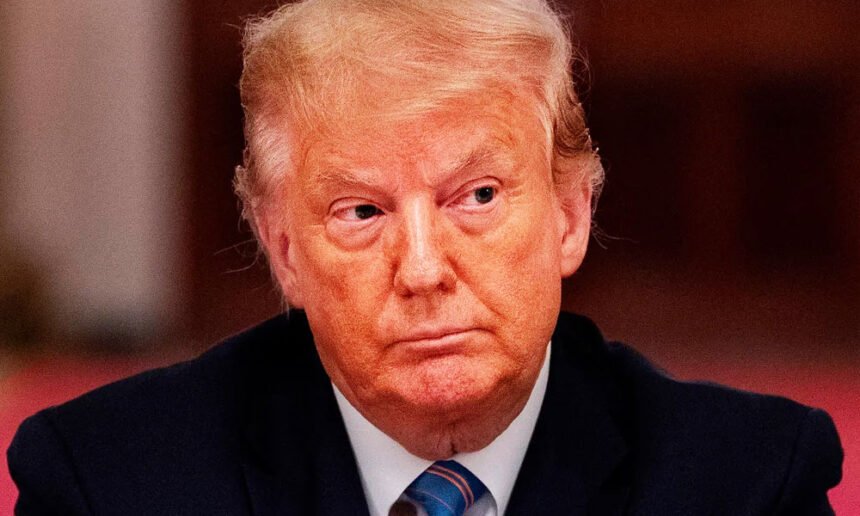Is Donald Trump’s campaign on the verge of collapse? Recent developments suggest that the turbulence plaguing his campaign mirrors the mechanical issues of his very own plane—both are emblematic of a journey that’s losing altitude fast. The New York Times recently described the past few weeks for Trump as “the worst three weeks” of his campaign, but that’s putting it mildly. After a period of seeming invincibility, Trump’s campaign now appears to be unraveling, and the signs are as clear as a malfunctioning jet’s warning lights.
Trump’s declining fortunes are a mix of bad choices and shifting voter sentiments. His controversial vice presidential pick, JD Vance, hasn’t exactly inspired confidence. President Biden’s unexpected withdrawal from the race in late June might have seemed like an opportunity for Trump, but instead, it appears to have magnified his shortcomings. Perhaps more fundamentally, voters are simply over Trump’s brand of divisive rhetoric. After nearly a decade of the Trump spectacle, Americans are yearning for something new—anything to escape the repetitive and exhausting drama.
Recent polls highlight the scale of Trump’s predicament. A New York Times-Siena poll shows Vice President Kamala Harris leading Trump 50-46 in key battleground states like Pennsylvania, Michigan, and Wisconsin. But the numbers are more than just figures—they represent a deep-seated dissatisfaction with Trump’s entire operation. Nearly half of those surveyed (48 percent) are either dissatisfied or angry with Vance, while only 25 percent feel positively about him. By contrast, Harris’s running mate, Tim Walz, significantly outperforms Vance: 21 percent of voters are enthusiastic about Walz, and 27 percent are satisfied with Harris’s choice, with only 36 percent thinking Harris made a mistake. This 12-point dissatisfaction gap could be crucial in a race that will likely be decided by slim margins.
Moreover, many voters are alarmed by the prospect of a second Trump administration. More than a third of Americans (36 percent) believe Trump would “tear down the system completely” if re-elected—a sentiment that does little to inspire confidence. A full 45 percent think Trump’s chaotic agenda would be detrimental to the country, with 40 percent describing a second Trump term as “very bad.” These numbers reflect a broader unease with Trump’s policy judgment and his ability to select competent successors.
Democrats, on the other hand, can position themselves as the party offering meaningful reform while preserving the nation’s core institutions. Trump’s inability to pivot on key issues—particularly his controversial support for the violent Capitol attack on January 6, 2021—further alienates him from voters who value democratic stability.
Harris’s growing support across swing states signals more than just a shift in voter sentiment; it’s a reaction to the tired, repetitive nature of a Biden-Trump rematch. Biden’s decision to step aside cleared the path for a fresh campaign dynamic, one that Trump’s faltering campaign struggles to counter.
Trump’s obstinacy in refusing to envision a race without himself as the candidate only deepens the Republican Party’s “cult of personality” spiral. The MAGA movement’s fixation on Trump makes it almost impossible to rally behind any other candidate who might bridge the divide. As Trump’s poll numbers and voter support continue to plummet, his frantic behavior and the actions of his allies are likely to further drive voters towards Harris, worsening the GOP’s prospects down-ballot.
In the end, Trump is learning a lesson Biden recognized weeks ago: sometimes, the problem is you. Just as a plane’s mechanical failure can signal a disastrous flight path, Trump’s political troubles reveal a campaign that’s lost its way. As the election season progresses, it’s clear that voters are eager to turn off the Trump show and tune in to something new.


















